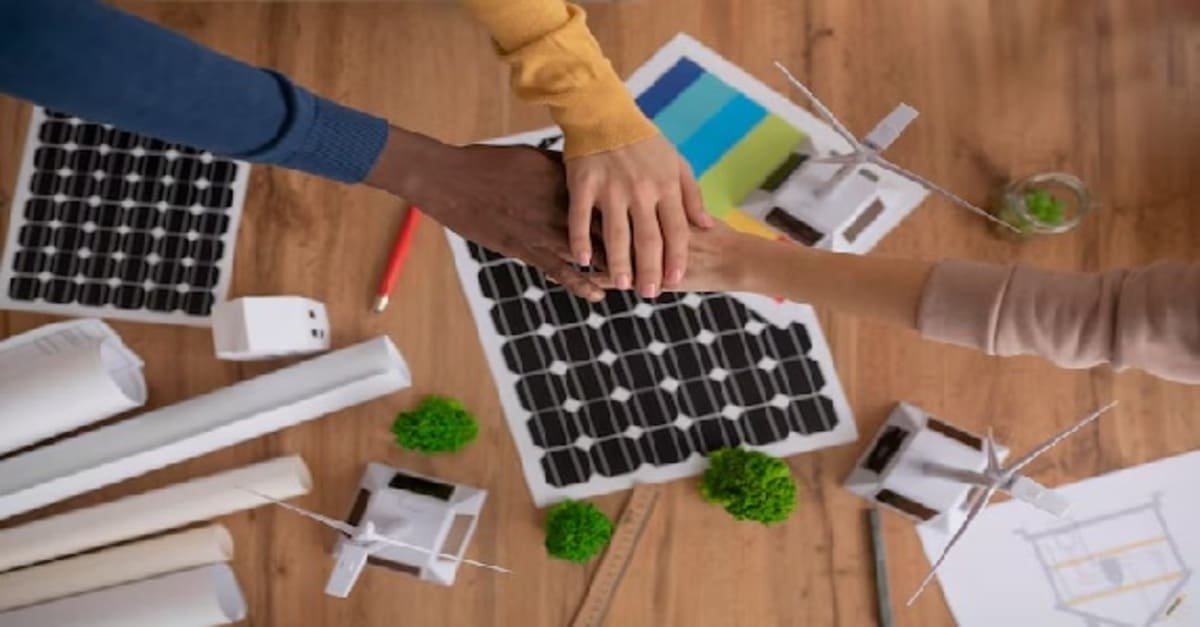The idea of lowering utility bills and gaining access to renewable energy is what makes homeowners want to invest in solar panels. But what is the expected return on investment (ROI) and how long does it take for solar panels to pay for themselves? We’ll go over the payback period and ROI of solar panels in this in-depth article, along with some insights, useful advice, and real-world examples to help you make the best choice possible for your solar investment.
Average Solar Panel Payback Period in the U.S. in 2024
The amount of time it takes for the savings from lower electricity bills to match the initial cost of the solar panels is known as the payback period. In the United States, solar panels typically pay for themselves in six to ten years by 2024. Numerous factors, such as geography, energy use, and financial incentives, impact this broad range.
For instance, payback times are typically shorter in areas like California and New York that have higher electricity bills. In the meantime, the time it takes to recover the initial investment might be greatly reduced by the availability of state-specific incentives. It’s critical to take these regional variances into account when calculating the payback period.
Factors Considered to Calculate an Accurate Solar Payback Period
Several factors that can affect the timeline should be taken into consideration when evaluating the solar payback period. These include:
System-Related Factors
- Solar Panel Efficiency: More electricity is produced by panels with higher efficiency, which reduces the payback period..
- System Size: Because larger systems generate more energy, they frequently pay for themselves faster.
- Inverter Efficiency: Payback is improved by maximising energy conversion using a high-efficiency inverter.
- Installation Costs: The payback period is directly impacted by lower installation expenses.
- System Degradation: Over time, the rate of decrease in panel efficiency has an impact on both energy production and payback.
Financial Factors
- Initial Investment: The initial expenses is determined by the overall cost of the solar system, which includes panels, equipment, installation, and permits.
- Electricity Rates:Higher power rates increase payback because you’ll save more money per kWh used.
- Government Incentives: Feed-in tariffs, tax credits, and rebates can all significantly reduce the initial cost and speed up the payback period.
- Net Metering: Programs that let you sell extra electricity back to the grid may reduce payback periods and increase savings.
- Inflation: Payback can be positively impacted by rising electricity rates as your savings accumulate over time.
Environmental Factors
- Solar Irradiance: The output of energy and the payback period are directly impacted by the amount of sunshine received at your location.
- Shading: The effectiveness of solar panels can be decreased by obstructions like trees or buildings, which lengthens the payback period.
- Roof Orientation: The production and payback period of solar panels are impacted by the direction your roof faces.
Additional Considerations
- Battery Storage: Batteries increase the initial cost and may result in a longer payback period.
- Maintenance Costs: Even though they are small, regular maintenance expenses must be considered.
- Economic Factors: Changes in interest rates and the state of the economy can have an impact on the total payback term.
How to Calculate ROI for Solar Panels
Determining the financial sustainability of your solar panel system requires an understanding of its Return on Investment (ROI). The following formula can be used to compute it more easily:
ROI Formula
ROI = (Net Profit / Initial Investment) x 100
Where:
- Net Profit = Total Savings – Total Cost
- Total Savings = (Annual Electricity Bill Savings x System Lifespan) + Incentives + Potential Income from Selling Electricity
- Total Cost = Initial System Cost – Incentives
Breaking Down the Formula
- Calculate Total Cost: This covers the price of installation, permits, solar panel and inverter costs, as well as any other associated costs.
- Estimate Annual Savings: The percentage of electricity generated by your solar system should be multiplied by the amount of your monthly electricity bill.
- Factor in Incentives: Take the initial cost and deduct any government refunds, tax credits, or incentives.
- Account for Degradation: The efficiency of solar panels usually decreases with time. Make a suitable adjustments to annual savings.
- Consider Net Metering: Include any future revenue from selling extra electricity to the grid, if applicable.
- Calculate Net Profit: Subtract the initial investment (after incentives) from total lifetime savings.
- Determine ROI: Divide the net profit by the initial investment and multiply by 100 to get the percentage ROI.
Example
- Initial investment: $15,000
- Annual electricity savings: $1,500
- System lifespan: 25 years
- Net profit: ($1,500/year * 25 years) – $15,000 = $22,500
- ROI: $22,500 / $15,000 * 100 = 150%
Conclusion
Purchasing solar panels is an exciting way to lower energy expenses, increase the value of your home, and support environmental sustainability. With knowledge of the ROI and payback period related to solar panels, homeowners can make smart choices that support both their environmental and financial objectives.
